► Catch the most iconic race in the IndyCar calendar
► 200 laps, 500 miles and top speeds in excess of 220mph
► Watch it live on Sunday 28th May
The Indy 500 returns on the 28th of May for what should be a spectacular race. Now in its 107th year of running, the Indy 500 is an icon of motorsport racing. 33 IndyCars will take on the 200-lap race on the oval layout of the Indianapolis Raceway.
On Sunday 28th May, at 5:45 pm UK time, the infamous ‘drivers, start your engines’ will play out and the gruelling race will begin. If you’re planning on watching it, we have a guide to watching the Indy 500 here in the UK. If you’re hankering for more open-wheel racing, or a bit bored of the current F1 season and want to try something a little more exciting, there are plenty of reasons to catch the Indy 500.
1. The cars
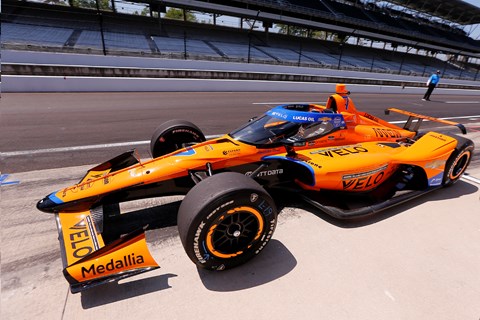
IndyCars are like F1 cars in a parallel universe. They share the single-seat, open-wheel formula but do have obvious differences. IndyCars, for example, currently use a 2.2-litre twin-turbo V6 which can be tuned to have as much as 760 bhp depending on the track. IndyCars also include a Push to Pass button, which boosts engine output by 60 bhp for a short burst of extra acceleration, somewhat similar to the KERS system used in F1.
Even the cockpit protection is slightly different, they feature an aeroscreen developed by Red Bull. If you watch F1 for the cars, the Indy 500 should be right up your alley.
2. Indianapolis demands speed
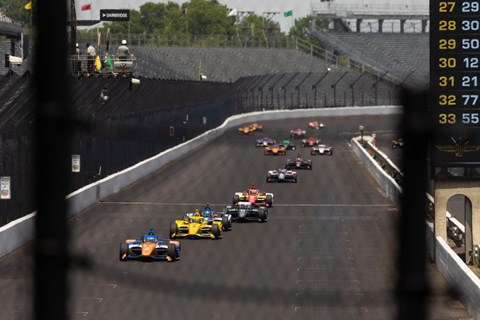
Oval circuits are the perfect playground for high-speed racing and the 2.5-mile banked oval at Indianapolis is the perfect place for IndyCars to race right at the ragged edge. Cars will regularly exceed 220mph along the two 5/8 mile straights, often rubbing paintwork with each other, jostling for position for properly high-energy viewing. It’s these speeds that make IndyCar a fantastic spectator sport.
3. It’s exciting open-wheel racing
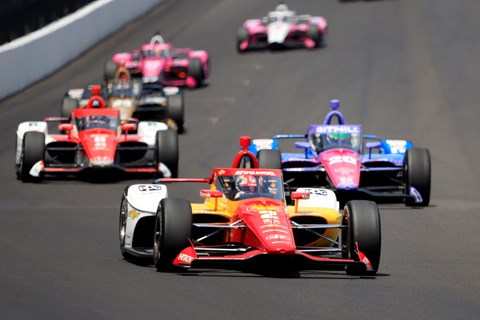
The antithesis of the current F1 season, IndyCar racing often features closer and more exciting racing and there’s no better example of that than the Indy 500. Expect plenty of overtaking, peril and strategy. Even qualifying has been suitably nail-biting, with prospective racers competing against one another to get one of the 33 available.
It’s also worth mentioning that of the five IndyCar races already held this year, all of them have featured a different winner. That sure makes a nice change.
4. McLaren may do well
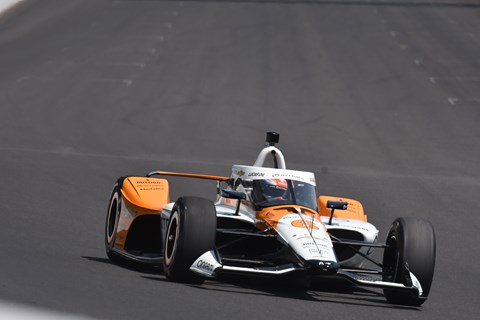
That’s right, McLaren has a long history of IndyCar racing, winning the race three times – in 1972, 1974 and in 1976. Having returned to IndyCar racing in 2017, McLaren is now a regular fixture in IndyCar and current driver Pat O’Ward is tipped as a potential winner of the Indy 500.
The three McLarens running this year celebrate crucial victories for McLaren across F1, Le Mans and IndyCar, with liveries inspired by the McLaren MP4-2, F1 GTR and M16 respectively. Maybe the IndyCar team can give the F1 side a few pointers for next season.
5. You may already know some of the drivers
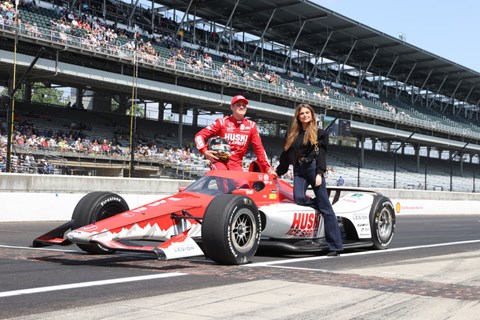
This year’s 33 drivers are a real who’s who of racing royalty. From newbies trying to make a name for themselves on the grand stage to icons from the world of motorsport. You may recognise names like Marcus Ericsson (former Caterham and Sauber F1 driver) and Takuma Sato (former Jordan and BAR F1 driver) in this year’s field. American IndyCar legend Mario Andretti is also represented, albeit with his grandson Marco Andretti.
6. It’s the biggest IndyCar event
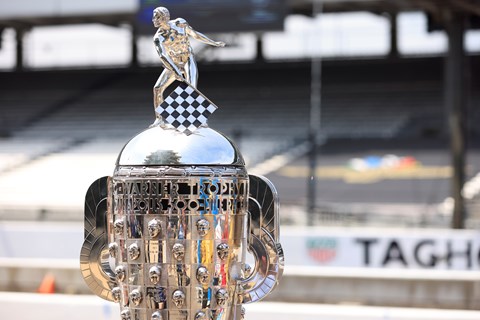
Like the Superbowl or a World Cup Final, the Indy 500 is the one IndyCar race even a casual observer will have heard of. Expect the organisers to dial the pyrotechnics up to 11 for such a spectacle. The pageantry alone should be more than enough of an enticement.
There’s a long history to the Indy 500. First held in 1911, it’s older than any F1 race and even older than Le Mans (celebrating its 100th anniversary this year). With such a long and prestigious history, expect there to be plenty of fanfare this weekend.